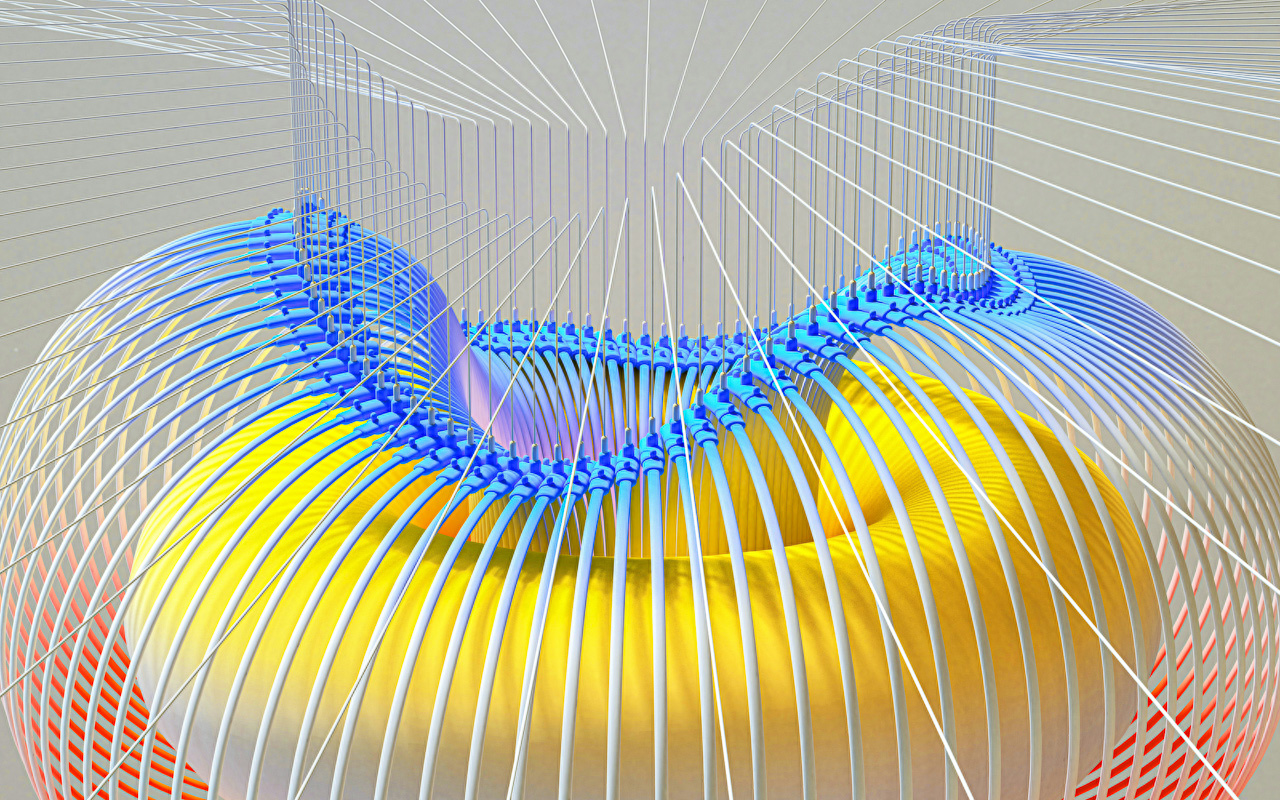How Deep Learning Powers Modern AI Solutions

Introduction: Deep Learning as the Core of Modern AI
Deep learning, a subset of machine learning, is revolutionizing artificial intelligence (AI) by enabling systems to process and analyze data in unprecedented ways. Through advanced neural networks, deep learning powers applications like computer vision, natural language processing, and AI automation tools. This blog explores how deep learning drives modern AI solutions, transforming industries with intelligent tools and automation.


Enhancing Computer Vision Applications
Deep learning has significantly advanced computer vision, a key area of artificial intelligence. By utilizing convolutional neural networks (CNNs), deep learning enables AI models to interpret and analyze visual data. Applications like OpenCV and other intelligent tools rely on deep learning to power tasks such as facial recognition, object detection, and autonomous vehicle navigation. These innovations are transforming industries, from healthcare diagnostics to manufacturing automation.
Revolutionizing Natural Language Processing
Large language models (LLMs) like GPT rely on deep learning to process and generate human-like text. By analyzing vast datasets, these AI models power tools like online LLM platforms, automating workflows and enhancing customer engagement. Applications of deep learning in natural language processing include chatbots, sentiment analysis, and translation services, all of which improve business automation and user experience.
Streamlining Workflow Automation
Deep learning plays a crucial role in workflow automation by optimizing processes across various industries. AI-powered tools can analyze complex data, identify inefficiencies, and implement solutions with precision. Automation companies leverage deep learning to create predictive models that drive intelligent decision-making, making operations more efficient and cost-effective.
Driving AI Research and Custom AI Solutions
Deep learning fuels advancements in AI research, enabling the development of custom AI solutions tailored to specific business needs. From training free LLM models to deploying no-code AI platforms, deep learning ensures scalability and adaptability. Businesses can now integrate AI seamlessly into their operations, utilizing model builders and ML tools to create innovative solutions that address unique challenges.

Conclusion: Deep Learning’s Role in AI’s Future
Deep learning is the backbone of modern artificial intelligence, powering solutions that transform industries and redefine innovation. By enhancing capabilities in computer vision, natural language processing, and workflow automation, deep learning continues to push the boundaries of what AI can achieve. As AI research progresses, the potential for deep learning to drive impactful, intelligent solutions will only grow, making it a cornerstone of the digital future.
References
- Coursera. (2024, Sep 18). 10 Examples of Deep Learning Applications.
- Built In. (2023, May 24). 20 Deep Learning Applications You Should Know.
- Great Learning. (2023, Nov 8). Top 20 Applications of Deep Learning in 2025 Across Industries.
- GeeksforGeeks. (2024, 14 May). Deep Learning Examples: Practical Applications in Real Life.
- Analytics Insight. (2023, Aug 8). Top 10 Deep Learning Applications Used Across Industries.
- Stfalcon. (2024, Apr 14). Deep Learning Applications in AI.
- Financial Times. (2024, Jan 23). How we can use AI to create a better society.
Share
